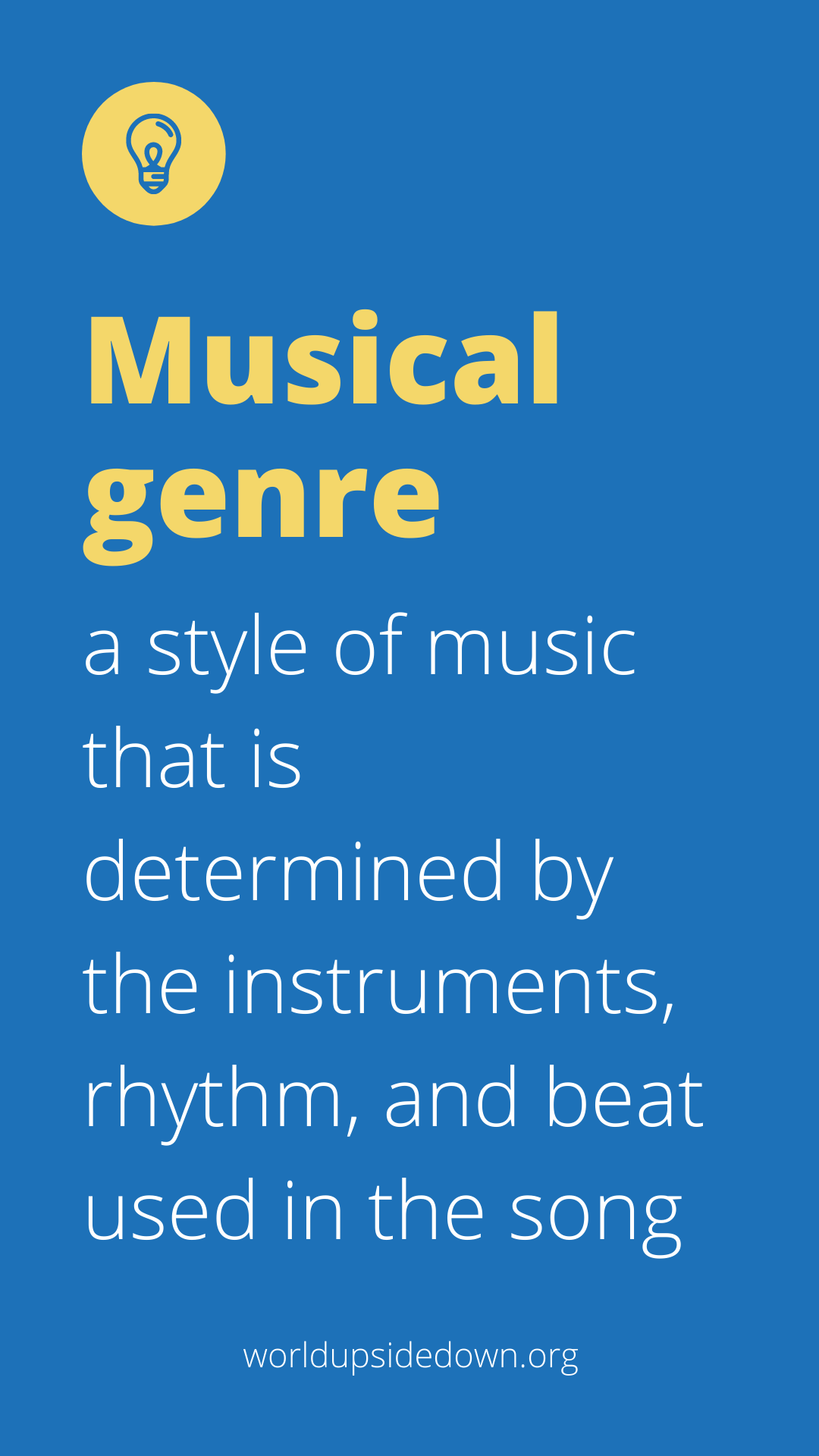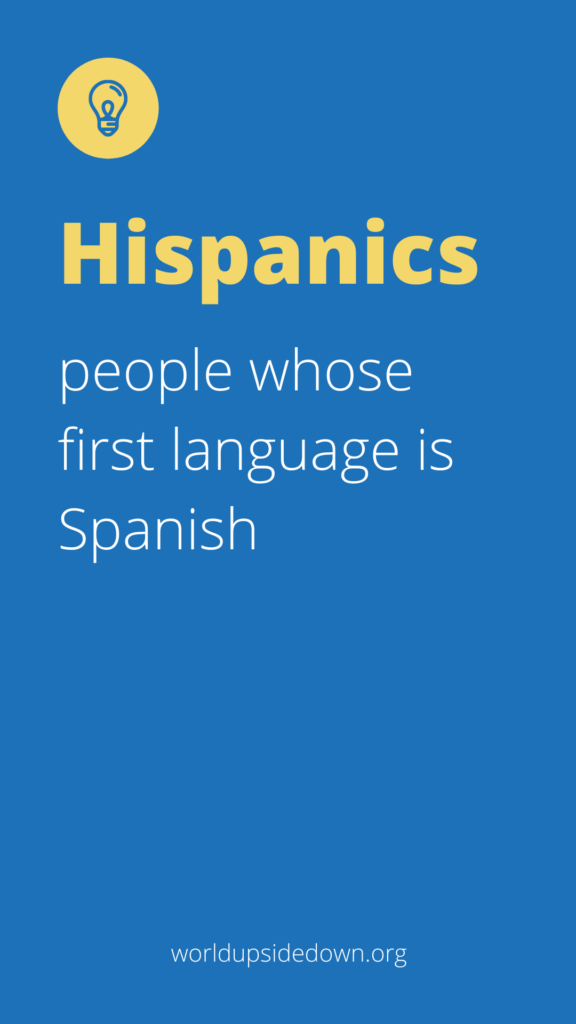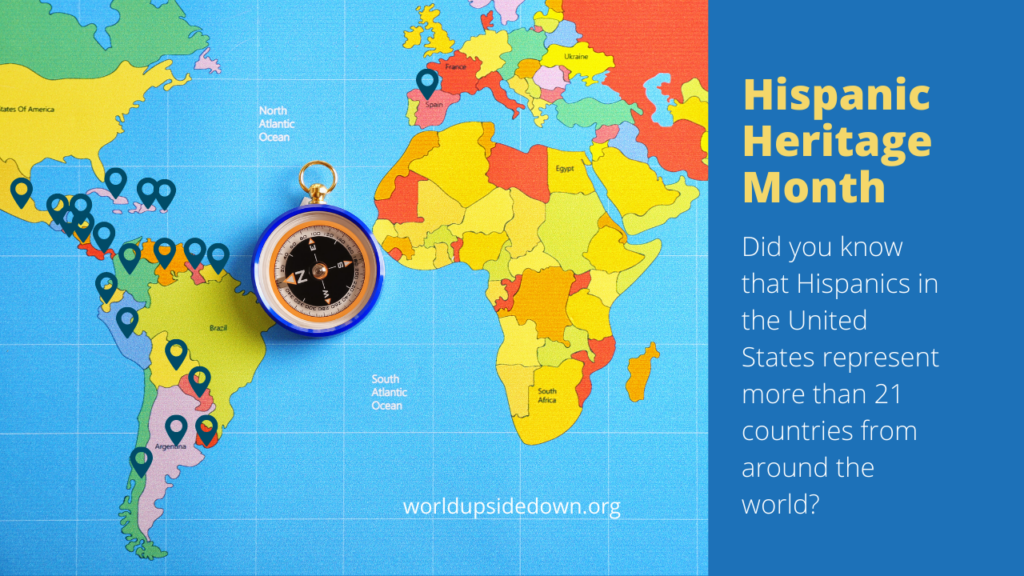Are you looking for some engaging music activities for Hispanic Heritage Month that will be fun and also educational for your elementary students? Our Five Latin Music Genres with JP music unit uses humor to talk students through common misconceptions about Hispanic culture and people. JP also introduces students to five Latin music genres, teaching students how to clap the beat of the genre. Then he teaches them a phrase they can say to remember the rhythm. Here’s a quick preview of these music activities for Hispanic Heritage Month. You can get them today through our free elementary music membership!

Free elementary music curriculum
This free elementary music curriculum unit is perfect for elementary music teachers or classroom teachers looking to integrate music activities kids will love. As a member of our community, you get lesson plans for elementary music, videos for elementary music class songs, and everything you need to make teaching music fun and easy! Join our free elementary music membership today!
Meet the teaching artist: Jairo Puello
Born in the Dominican Republic, Jairo Puello has been singing and songwriting since he was a kid. At ten years of age, Jairo learned that he could sell newspapers a lot faster if he sang the news. By fifteen he was the invited singer at summer church camps. At nineteen he released his first acapella quartet recording to help cover college expenses in Puerto Rico. At twenty-one, he released his first duo album with his sister Any Puello. Not long after, he released three more solo albums: Me Quedo Contigo, Atado a Ti, and Sobre la Roca. He also produced a bilingual children’s album called Jubilee. Jairo has performed on tours in more than 20 countries, was nominated for Los Premios Cassandra (the equivalent to the Grammys in the Dominican Republic) with his Atado a Ti album. He has performed for a few people on a pew in a small country church and for more than ten thousand fans in a baseball stadium. Jairo is currently teaching Spanish at a charter school in South Carolina. He continues to sing on the worship team at church and assists in musical productions as time allows.
What do JP’s music activities for Hispanic Heritage month include?
The unit includes a 13-minute instructional video hosted by teaching artist, singer, and song-writer, Jairo Puello “JP”. It also includes an editable Google Slide. The Slides are divided in parts, breaking the video into segments. After each segment of the video, you can check your students’ understanding for review with multiple choice questions. Teachers can have students shout the answers out as a group, divide students into teams, or ask students to write the answers down on a piece of paper. Because the Slides deck is editable, teachers can adapt as needed for student differentiation. The Slides also include audio clips which you can play to test students’ memory of the rhythms and genres they have learned.


What is Hispanic Heritage month and why do we celebrate it?
Every Hispanic country represents a different culture. Different foods, traditions, customs, religions, and different music. We celebrate Hispanic Heritage month each year in schools across the United States to educate our students about the culture. It’s also a great opportunity to clear up some common misconceptions about Hispanic heritage and culture which are addressed in our music unit.
Use Hispanic Heritage Month to debunk common misconceptions
Misconception #1: All Hispanics are from Mexico.
The reality is that Hispanics in the United States could be from 21 or more different countries around the world. So whether the misconception is spoken or just thought, it’s very common for people to think that Hispanics all come from the same country…like Mexico. Why Mexico? Well, Hispanics from Mexico represent 62% of the Hispanic population in the United States. While Mexicans are the strong majority, they are not the totality. Here are some fun stats from Pew Research on Hispanic population in the United States you might like to go over with your students.

The Top 5 Hispanic Countries Represented in the United States
1: Hispanics from Mexico Represent 62% of the U.S. Hispanic population in 2017.
2: Hispanics from Puerto Rico Represent 10% of the U.S. Hispanic population in 2017.
3-4: Hispanics from Cuba Represent 4% of the U.S. Hispanic population in 2017. Tied with El Salvador.
3-4: Hispanics from El Salvador Represent 4% of the U.S. Hispanic population in 2017. Tied with Cuba.
5: Hispanics from Dominican Republic Represent 4% of the U.S. Hispanic population in 2017.
The 6+ Hispanic Countries Represented in the United States
6: Hispanics from Guatemala Represent 2% of the U.S. Hispanic population in 2017.
7: Hispanics from Colombia Represent 2% of the U.S. Hispanic population in 2017.
8: Hispanics from Honduras Represent 2% of the U.S. Hispanic population in 2017.
9: Hispanics from Spain Represent 1% of the U.S. Hispanic population in 2017.
10: Hispanics from Ecuador Represent 1% of the U.S. Hispanic population in 2017.
11: Hispanics from Peru Represent 1% of the U.S. Hispanic population in 2017.
12: Hispanics from Nicaragua Represent less than 1% of the U.S. Hispanic population in 2017.
13: Hispanics from Venezuela Represent less than 1% of the U.S. Hispanic population in 2017.
14: Hispanics from Argentina Represent less than 1% of the U.S. Hispanic population in 2017.
15: Hispanics from Panama Represent less than 1% of the U.S. Hispanic population in 2017.
Misconception #2: All Hispanics eat the same food.
While there are similarities in Hispanic food (like rice and beans), Hispanic food can be as different from one country to the next as it can be from one state to the next or one home to the next in the United States.
Here’s what Latin American food has in common. Some items typical of Latin American cuisine include maize-based dishes arepas, pupusas, tacos, tamales, tortillas and various salsas and other condiments. Sofrito, a culinary term that originally referred to a specific combination of sautéed or braised aromatics, exists in Latin American cuisine. It refers to a sauce of tomatoes, roasted bell peppers, garlic, onions and herbs. Rice and beans are also staples in Latin American cuisine.
Here are a few examples of how Latin American food is different. Cuba, Dominican Republic, and Puerto Rico eat white rice and beans as a staple food. Most Latinos do not like spicy food. Spice is definitely a Mexican tradition. Costa Ricans are famous for the black beans. El Salvador’s most notable dish is the pupusa, a thick hand-made corn flour or rice flour tortilla stuffed with cheese, chicharrón (fried pork rinds), refried beans or loroco. The cuisine of Argentina is strongly influenced by Italian and Spanish cuisines and cooking techniques. Indigenous gastronomies derived from groups such as the Quechua, Mapuche, and Guarani have also played a role. Read this article for more info: Latin American Cuisine
Misconception #3: All Hispanic music is the same.
This couldn’t be farther from the truth. In our Music Break with JP unit: Five Latin Music Genres, Jairo Puello introduces students to five Latin music genres. But each Latin country has between two and ten different musical genres. Check out these two articles on the genres and popular artists who sing them:
How can I get these amazing music activities for Hispanic Heritage Month?
Elementary music teachers or classroom teachers looking to integrate music activities kids love can join our elementary music membership for free! As a member of our community, you get lesson plans for elementary music, videos for elementary music class songs, and everything you need to make teaching music fun and easy! Sign up today!
Which genres do you cover in JP’s music activities for Hispanic Heritage Month?
In honor of Hispanic Heritage month, JP introduces elementary students to five Latin Music genres. Note to teacher: They’re called Latin and NOT Hispanic because they come from countries that speak Spanish in Latin America. Before he dives into the Latin music genres, he defines the term musical genre. A musical genre is a style of music that is determined by the instruments, rhythm, and beat used in the song. Then JP shows students examples of popular genres like rock, country, or hip hop.
Latin Music Genre #1: Ranchera
JP plays an audio clip of a Mexican Ranchera song La Cucaracha (song writer is unknown) and shows elementary students how to clap to the beat. Then he invites students to clap with them. They do this twice. Then he shows them a phrase they can use to distinguish the Ranchera rhythm from other Latin music genres. JP remembers the Ranchera rhythm with: coon-chi, coon-chi.
Latin Music Genre #2: Salsa
JP plays an audio clip of the Puerto Rican Salsa song Vivir la Vida by Marc Anthony and shows elementary students how to clap to the beat. Then he invites students to clap with them. They do this twice. Then he shows them a phrase they can use to distinguish the Salsa rhythm from other Latin music genres. JP remembers the Salsa rhythm with: pa-pa-pa, pa-pa.
Latin Music Genre #3: Merengue
JP plays an audio clip of the Dominican Merengue song Kulikitaca by Toño Rosario. He shows elementary students how to clap to the beat. Then he invites students to clap with them. They do this twice. Then he shows them a phrase they can use to distinguish the Merengue rhythm from other Latin music genres. JP remembers the Merengue rhythm with: cha-coon-chili-coon, cha-coon-cha.
Latin Music Genre #4: Bachata
JP plays an audio clip of the Dominican Merengue song Stand by Me sung by Prince Royce. He shows elementary students how to clap to the beat. Then he invites students to clap with them. They do this twice. Then he shows them a phrase they can use to distinguish the Bachata rhythm from other Latin music genres. JP remembers the Bachata rhythm in both English and Spanish with: 1-2-3-jump, uno, dos, tres salta.
Latin Music Genre #5: Mambo
JP plays an audio clip of the Cuban Mambo song Mambo Big Band by the Pacific Mambo Orchestra. He shows elementary students how to clap to the beat. Then he invites students to clap with them. They do this twice. Then he shows them a phrase they can use to distinguish the Mambo rhythm from other Latin music genres. JP remembers the Mambo rhythm with: toom-pa-toom.
JP’s music activities for Hispanic Heritage Month wrap up
JP wraps up his instructional video with a quick review of the five amazing Latin musical genres he taught. He also reminds students…
“Remember that no matter how different our cultures are, we all have one thing in common. We’re human. So we should treat one another with love and respect! And we all have one common language that unites us…the language of music! So go light up someone’s life today by singing or playing them a song!”





